He was eating cereal. Then a bear showed up
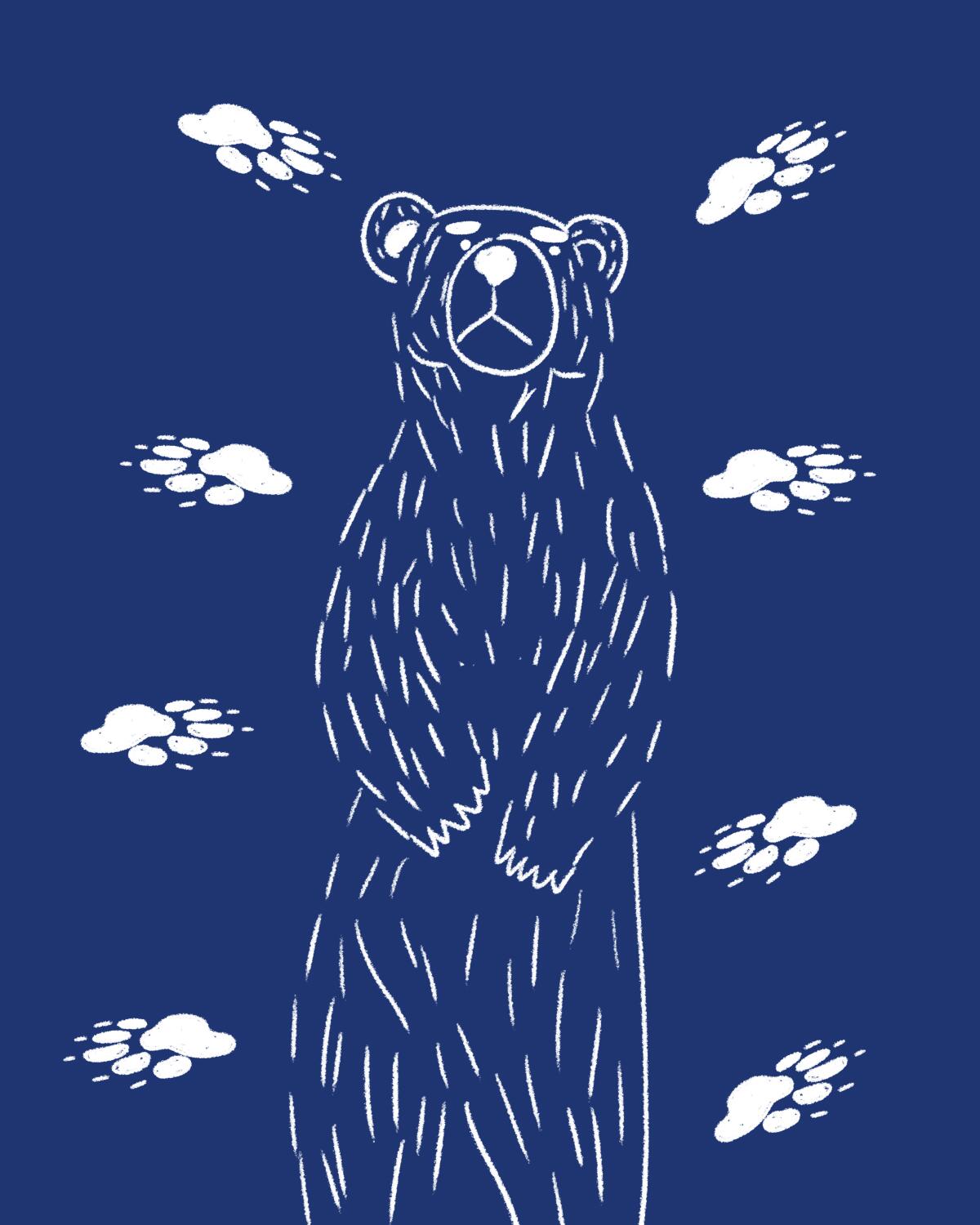
- Share via
By Mary Forgione
Design and illustrations by Micah Fluellen
Sign up here to get The Wild sent weekly to your inbox.
I wrote about Mt. Whitney in last week’s newsletter, but I couldn’t resist revisiting the iconic peak to share this story. This wasn’t the Whitney hike Brandon Crowley had dreamed of. The San Diego resident had started the 11-mile day hike to the 14,495-foot peak in the wee hours — without his carefully packed lunch, yummy snacks, water or new day pack. When I asked what happened, Crowley told me this story, which inspired Micah Fluellen to interpret it as only The Wild can. Check out the video.
- Share via
Hiker Brandon Crowley’s encounter with a hungry bear.
3 things to do this week
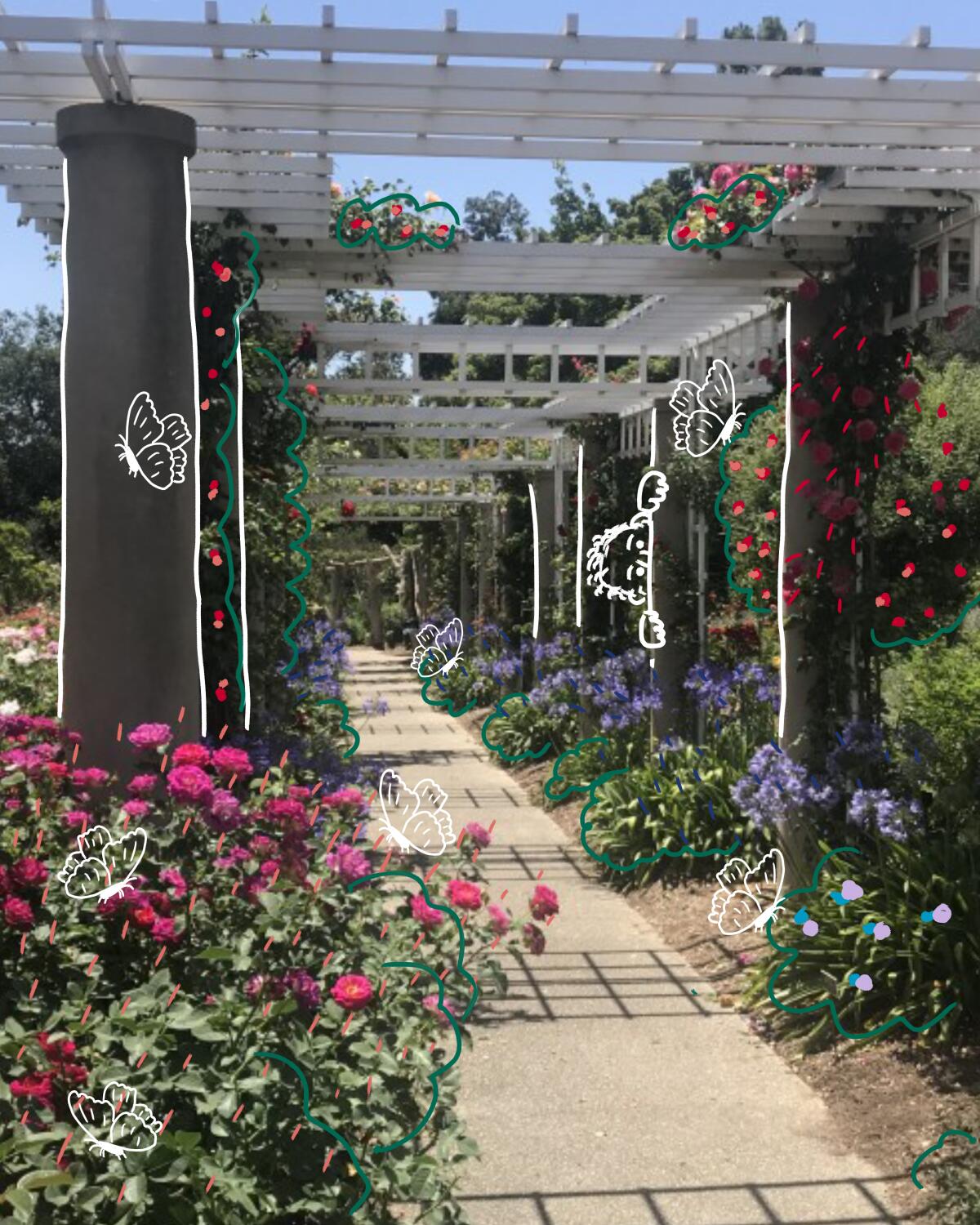
1. Take an evening stroll in the botanical gardens at the Huntington. One way to beat the big heat of summer is to walk later in the day. The Huntington Library, Art Museum and Botanical Gardens in San Marino has extended its evening hours through Labor Day, Sept. 7. Buy $20 tickets in advance to visit the more than 100 acres of botanical gardens from 4:30 to 7 p.m. Fridays through Sundays (members are free but need a reservation). Face coverings and social distancing required. Info: Huntington Evening Strolls

2. Plan a visit to the Butterfly Pavilion at the Natural History Museum. L.A.’s seasonal butterfly hub will reopen at last. The popular pavilion, with as many as 30 species, usually draws visitors in spring. Now the museum plans to keep the habitat open Fridays through Sundays until Oct. 4. You must buy timed tickets in advance ($6), which are released every Monday for the following two weeks. Just 10 people at a time will be allowed inside. The museum also plans to open parts of its botanical gardens. Info: Natural History Museum of L.A. County

3. Pedal an illuminated Swan Boat at night. Get a bit of a workout under the stars with night-time Swan Boat rides. Starting at 7:30 p.m., you can splash-cycle the elegant swan-shaped boats in Echo Park Lake in L.A. or at Rainbow Lagoon in Long Beach. (Yes, you can go in the daytime too.) Tickets must be bought in advance; no walk-ups. An hour’s ride costs $11 for adults and $6 for kids 17 and younger. Info: Swan Boat night rides in Echo Park or Long Beach
To extremes

Here’s a bet I wouldn’t take: Go to the Arctic by yourself in winter, build a shelter, hunt for food, film yourself 24/7 and, if you last 100 days, collect $1 million. Callie Russell of Flathead Valley, Mont., took that bet. So did nine other contestants on the appropriately named History Channel series “Alone.”
The Season 7 finale ended last week with real drama. I’m not going to tell you what happened in case you want to watch; the series is binge-worthy. (Read more about the show here.) During the season, I was struck by Russell’s seemingly effortless calmness and grace in the remote setting: She fired pots from clay found near her outpost and decorated her boots with porcupine quills. Who does that when you’re trying to survive?
Russell did that — and more.
“The longer I was out there, the longer I was able to experience a different relationship with time and different relationships with my thoughts,” she said by phone after she returned. “I dropped into what I call ‘quiet mind’ and that really allowed me to feel everything I was met with, even if it was really hard...”
“Really hard” doesn’t begin to cover it. Fellow contestants tapped out (signaled for rescue) because they became weak from malnutrition and, in one case, congenital heart failure brought on by trichinosis. They battled the elements as long as they could. Russell didn’t engage in battle; she shared with viewers how she dug deep and learned from this extreme experience. And that’s worth a million bucks right there. Info: “Alone”
The red flag
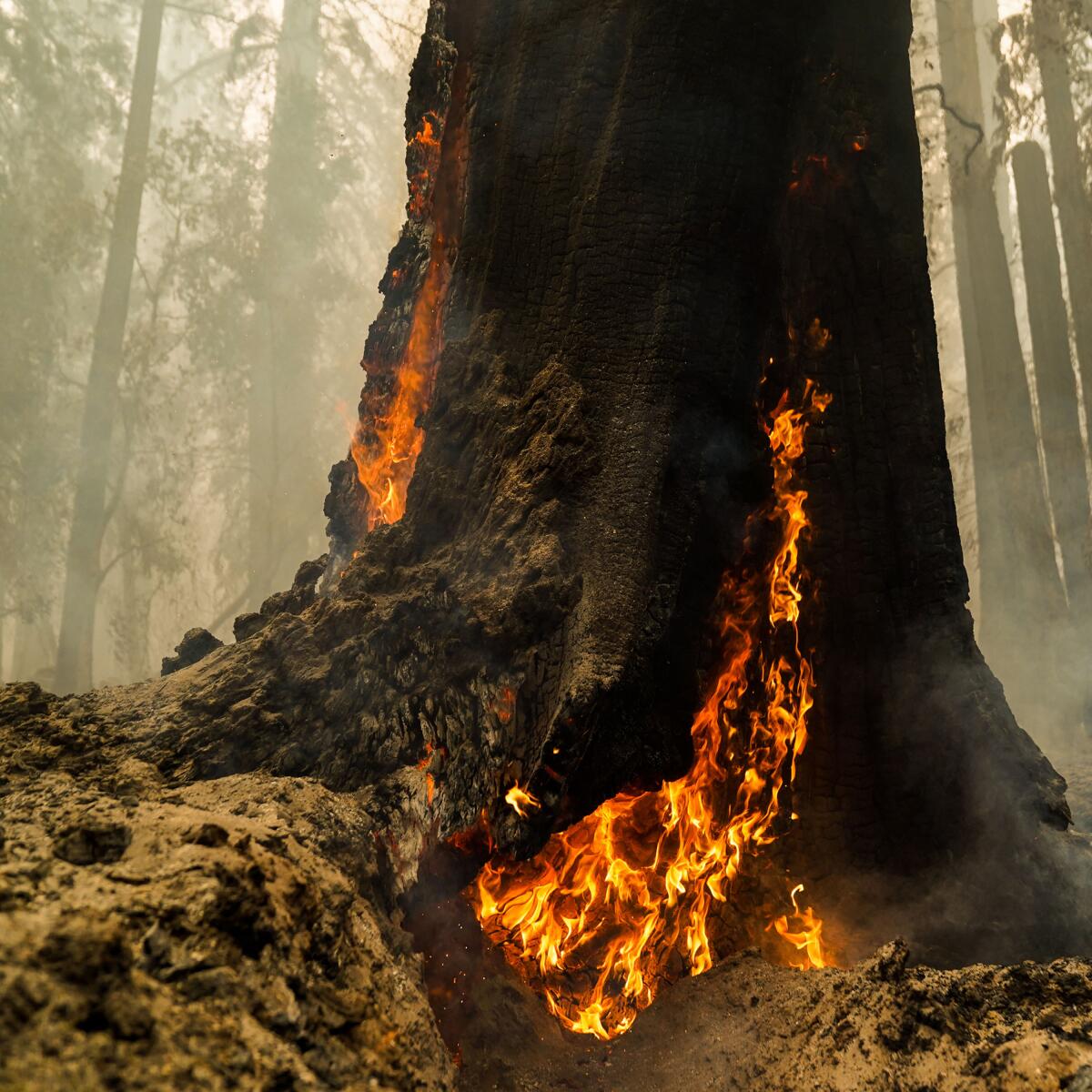
What happens to ancient redwoods in a wildfire? Maybe nothing. The CZU Lightning Complex fire near Santa Cruz has grown to more than 74,000 acres and burned through Big Basin Redwoods State Park, California’s oldest park, since it began last week. The historic visitor center and campgrounds have been destroyed.
No full assessment of the fire’s impact on coast redwoods has yet been done, but it appears from early reports that the oldsters are OK. “The ancient trees of Big Basin have a strong chance of thriving,” said Sam Hodder, president and chief executive of Save the Redwoods League.
After 1,000 years or so, these trees are pretty thick-skinned, and their canopies grow hundreds of feet high to keep them protected from blazes. It’s what they have evolved to do. They may look singed on the outside but they’re still alive on the inside.
Case in point: The Chimney Tree, on the park’s Redwood Loop Trail, where folks could step inside its burned-out trunk to snap a selfie. “[N]umerous fires and lightning strikes over the centuries somehow managed to ignite the tree’s heartwood, burning out its insides,” a story on the Redwoods League website says. “You can literally stand in its trunk and see the sky through the top. But it is not dead.” That was written before the current fire.
Are some redwoods vulnerable? The young ones, those less than 80 years old and those still rebounding from clear-cutting in past decades. Big Basin, Henry Cowell and Portola redwoods state parks have a mix of ancient and young groves. Whether the young trees survive remains to be seen. More than 25 wildfires are burning throughout California; 32 state parks have closed.
“As we learn about these redwood forests, as we learn about how quickly they can sequester more carbon than any other forest in the world, how quickly they can regain that fire resilience, then we can start making different decisions about how we steward this forest, by taking inspiration from that resilience,” Hodder said. Hope and inspiration from nature are good things to hold onto during the current fire season.
Insider tip
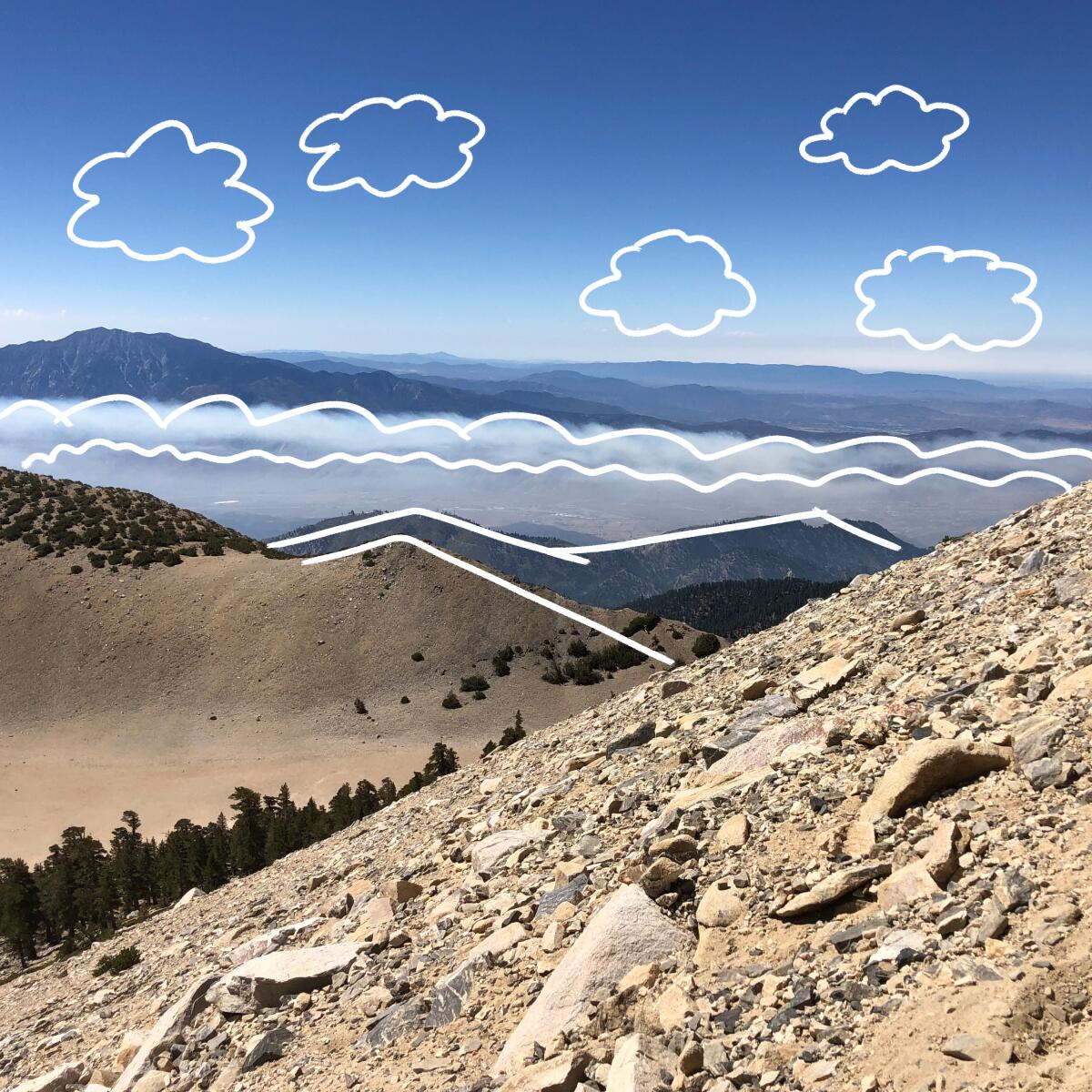
The Wilderness Act was passed in 1964 to manage special places in a way that maintains their wild qualities. At the time, Congress was responding to the “increasing population, accompanied by expanding settlement and growing mechanization,” in protecting these areas, several of which are in Southern California.
Starting Sept. 1, quotas on the number of visitors will be in place for many trails in these wilderness areas: San Gorgonio (temporarily closed because of the Apple fire), San Jacinto and parts of Cucamonga. Getting a hiking permit may be tricky because many ranger stations are closed due to the coronavirus pandemic. Here’s what you need to know about getting a permit.
Send us your thoughts
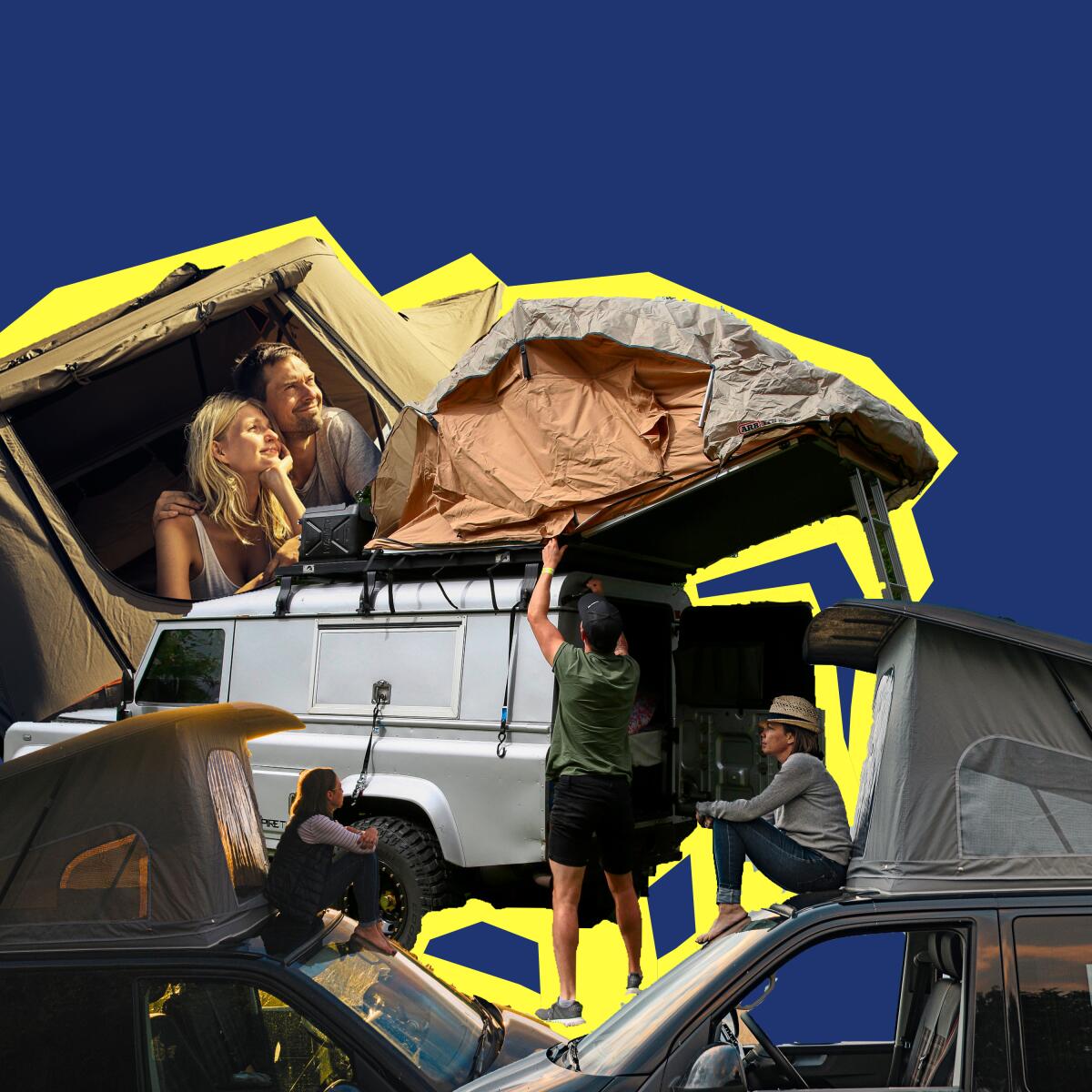
Is anyone doing rooftop camping? I want to hear from you about what you like or what you hate about using a pop-up tent on the roof of your car. Does it ruin or elevate the car camping experience? Keep the comments coming. Share anything that’s on your mind. The Wild is written for you and delivered to your inbox for free. Drop us a line at TheWild@latimes.com.
Click here to view the web version of this newsletter and share with others. I’m Mary Forgione and I write The Wild. I’ve been exploring trails and open spaces in Southern California for four decades.

Sign up for The Wild
We’ll help you find the best places to hike, bike and run, as well as the perfect silent spots for meditation and yoga.
You may occasionally receive promotional content from the Los Angeles Times.





